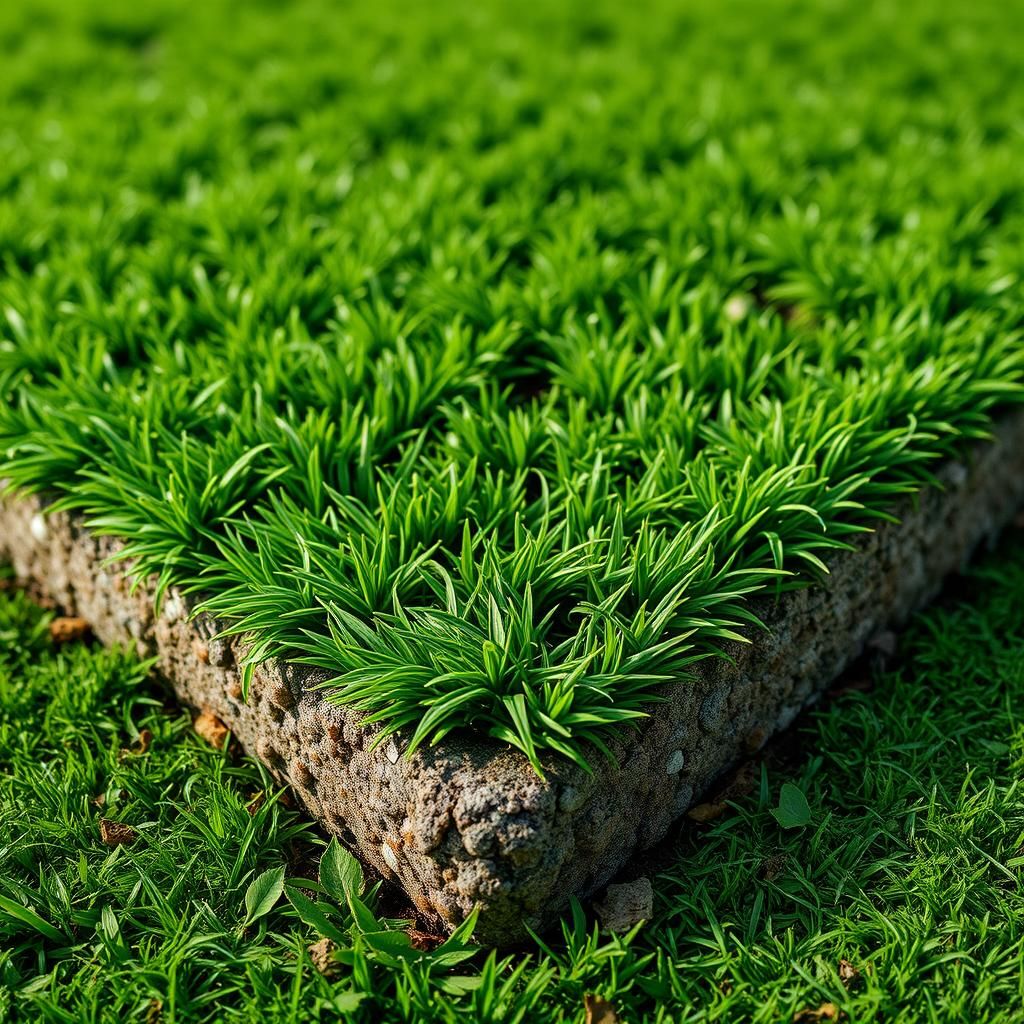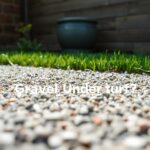What is the Best Base for Turf? Ultimate Guide to Optimal Turf Installation

When it comes to installing the perfect turf, choosing the right base is crucial for achieving optimal results. A well-constructed base not only provides stability and support but also promotes proper drainage and enhances the longevity of your lawn. This ultimate guide will delve into the various types of bases available for turf installation, comparing their benefits and drawbacks. We will explore the ideal materials, techniques for preparation, and expert tips to ensure your turf thrives in any environment. Whether you are a DIY enthusiast or a professional landscaper, understanding the fundamentals of turf bases will elevate your installation game.
What is the Best Base for Turf?
The best base for turf primarily depends on the specific type of turf being installed and the local environmental conditions. Generally, a solid base includes a mixture of gravel or crushed stone, which provides excellent drainage, ensuring that water does not pool on the surface. This is often topped with a layer of sand to facilitate a smooth and level surface for the turf. Properly compacted and structured layers are crucial for maintaining stability and longevity of the turf, preventing issues such as weeds, puddling, or other damage over time.
Importance of Drainage
A well-designed base for turf must prioritize drainage to prevent water accumulation, which can lead to root diseases and turf failure. Effective drainage systems typically include perforated pipes or a gradient that directs water away from the root zone. Proper drainage supports healthy turf growth and enhances the overall performance of the grass, allowing for better resilience and less maintenance in the long run.
Choosing the Right Materials
When selecting materials for the turf base, it is essential to consider both durability and compatibility with local soil conditions. A mixture of natural and synthetic aggregates can provide a strong foundation. Using materials like crushed limestone or sharp sand offers stability, while ensuring adequate aeration in the soil promotes root growth. Additionally, using non-toxic materials ensures that they are safe for both pets and children.
Layering Techniques
Proper layering techniques are critical to creating an effective base for turf. Typically, the base should consist of three main layers: gravel or stone as a base layer, followed by a layer of sand, and then the turf itself. Each layer should be compacted to prevent settling, which can lead to uneven surfaces. The thickness of each layer should be proportionate to the soil type and the anticipated load of the turf.
See also:
Soil Preparation and Testing
Before laying the turf, it is advisable to conduct a soil test to assess pH levels and nutrient content. This step determines if any amendments are needed to support healthy turf growth. Preparing the soil may involve removing existing vegetation, tilling, and adding necessary nutrients or lime to achieve optimal conditions. A well-prepared base directly contributes to the turf's root establishment and overall health.
Maintenance of the Base Once Installed
After installing the turf, maintaining the base is critical to ensure its longevity and performance. Regularly checking for proper drainage and ensuring that the base remains firm and level is crucial. Occasional aeration will promote root oxygenation, while adding a thin layer of topsoil or mulch can enhance moisture retention and weed control. This maintenance helps sustain the turf's aesthetic and functional qualities over time.
| Aspect | Recommended Material |
|---|---|
| Base Layer | Gravel or crushed stone |
| Top Layer | Sand |
| Drainage System | Perforated pipes |
| Soil Amendments | Lime, fertilizers |
Understanding the Importance of the Right Base for Turf Installation
Choosing the right base for turf installation is crucial as it directly impacts the aesthetic appeal, durability, and health of the turf. A well-prepared base provides essential drainage, reducing waterlogging and promoting root development. It also ensures that the turf remains level and resilient under heavy foot traffic, making it vital to select suitable materials that can support the turf's long-term performance. Commonly, crushed stone, sand, or a combination of both are utilized to create a stable and permeable layer that retains moisture without hindering drainage.
Types of Bases for Turf Installation
Different types of bases can be used for turf installation, including natural soil, rock-based, and synthetic materials. Natural soil can be improved with additives to enhance its capacity for water retention and compaction. Rock-based bases, such as crushed granite or limestone, offer excellent drainage and stability, while synthetic options provide an artificial but stable surface. The choice often depends on the local climate, drainage needs, and specific use cases, such as residential lawns or athletic fields.
Preparing the Ground for Turf Installation
Properly preparing the ground is essential for ensuring a long-lasting turf installation. This involves clearing debris, leveling the area, and conducting a soil test to assess pH and nutrient levels. Amending the soil with organic matter or fertilizers may be necessary to create an optimal growth environment. The base must be compacted adequately to prevent settling over time, and any low spots should be filled to maintain an even surface that allows for water drainage and prevents pooling.
See also:
Importance of Drainage in Turf Base
Drainage is one of the most critical factors in turf base preparation, as it affects both the health of the grass and the longevity of the installation. A well-drained base prevents water from accumulating, which can lead to root rot and weed growth. Using permeable materials allows excess water to flow through, while proper grading of the area directs water away from the turf. Ensuring effective drainage helps maintain a healthy environment for the turf, preventing disease and promoting vigorous growth.
Common Mistakes in Turf Base Installation
When installing a turf base, several common mistakes can compromise the outcome. One significant error is failing to adequately compact the base material, which can lead to uneven surfaces and settling over time. Another mistake is not accounting for proper drainage solutions, leading to waterlogged areas. Additionally, using the wrong base materials for specific environmental conditions can negatively impact the turf's resilience and growth. Understanding and avoiding these pitfalls is key to achieving an effective and long-lasting turf installation.
Maintenance Tips for Turf Base
Maintaining the turf base is essential for the overall health and longevity of the installation. Regular inspections for compaction or accumulation of debris can prevent issues before they arise. It’s beneficial to aerate the soil periodically, especially in high-traffic areas, to improve air circulation and drainage. Additionally, applying a thin layer of organic compost can boost nutrient levels, enhancing turf growth. Seasonal assessments and adjustments based on environmental changes ensure that the turf base remains supportive and effective over time.
Questions from Our Readers
What is the best base for turf?
The best base for turf typically consists of a layer of well-draining material such as sand or a mix of sand and soil that allows for proper drainage and root growth. A compacted gravel base can also provide excellent support for the turf while preventing water pooling.
How deep should the base for turf be?
The base for turf should generally be at least 4 to 6 inches deep to ensure adequate support and drainage. This depth allows for a stable environment for the grass roots while supporting healthy turf growth.
See also:
Can I use soil as a base for turf?
Yes, you can use soil as a base for turf, but it is essential that it is a loamy or sandy soil that promotes good drainage. Heavy clay soils may retain too much water, leading to root rot and other issues for the turf.
What materials are recommended for a turf base?
Recommended materials for a turf base include sand, gravel, and a combination of topsoil or compost to enhance nutrient availability. These materials improve drainage and create a suitable environment for root establishment.

If you want to read more articles like What is the Best Base for Turf? Ultimate Guide to Optimal Turf Installation, we recommend you check out our Turf category.
Leave a Reply
Related Articles